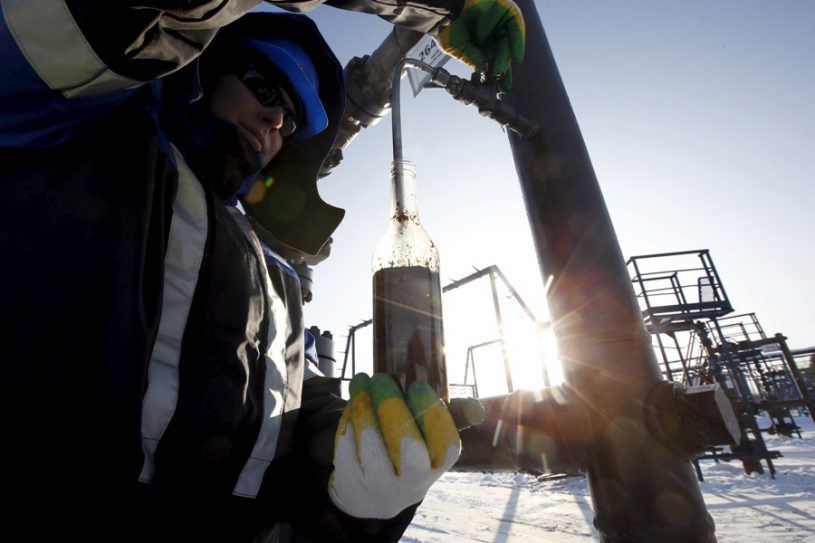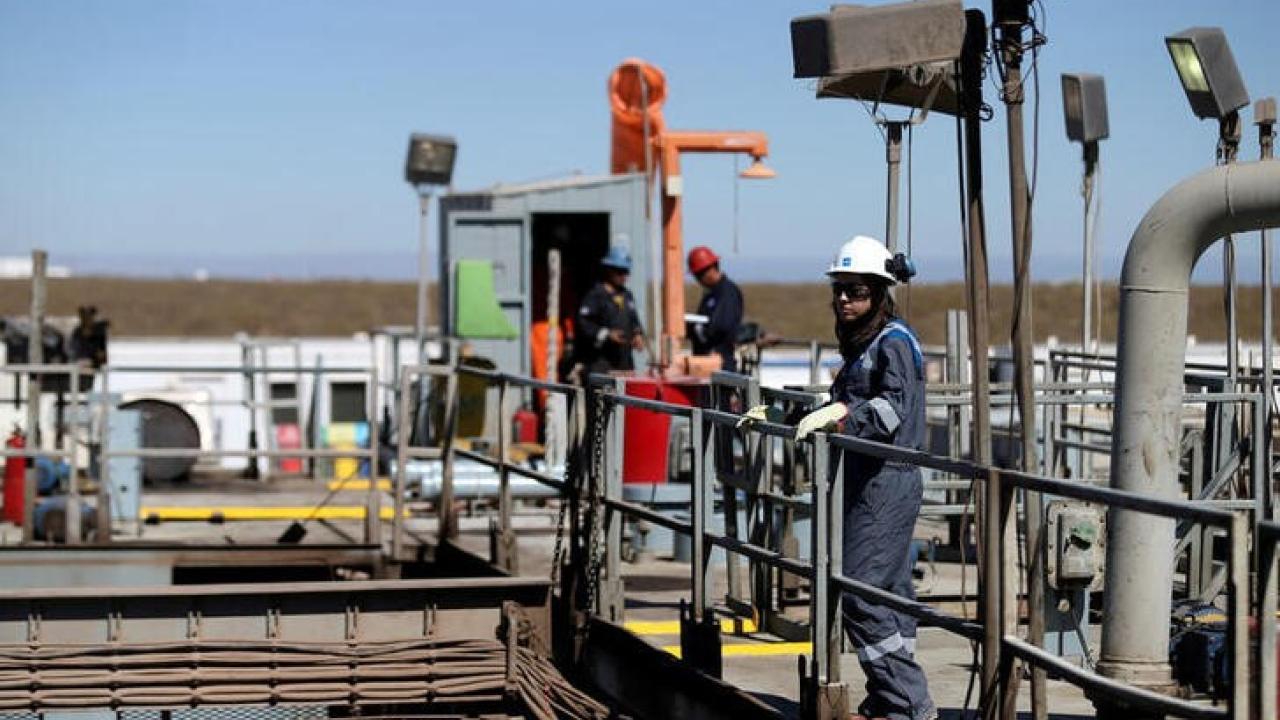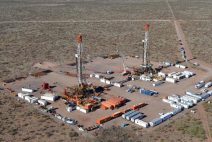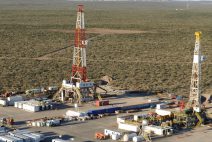Russia has lowered its gas production and export forecasts while raising oil export projections for 2025, as the fallout from the war in Ukraine and strained relations with the West continue to weigh on its energy sector.
Although the Russian economy has withstood sanctions, mounting strains have emerged across several industries.
State-owned Gazprom posted a loss of nearly $7 billion in 2023—its first annual loss since 1999—due to the collapse of ties with the European Union, formerly its main source of gas export revenue.
Russian gas now accounts for just 18% of Europe’s imports, down from 45% in 2021, while the bloc’s oil imports from Russia have dropped to 3% from around 30% in the same period. The EU aims to phase out Russian energy completely by 2027.
According to recent projections compiled by the Economy Ministry, the government now expects pipeline gas exports outside the former Soviet Union to fall 10.7% this year from 2024 levels to 72 billion cubic meters, reversing earlier growth expectations.
Forecasts for seaborne liquefied natural gas (LNG) exports were also cut, as Russia struggles to market LNG from Arctic LNG 2, which has been under U.S. sanctions since late 2023. Arctic LNG 2 has begun shipments to China.
Russia’s LNG exports are now expected to rise 3% this year to 35.7 million metric tons, a figure lower than previously forecast.
The document also showed that combined oil and gas export revenues for this year are projected at $206.1 billion, up from an earlier estimate of $200.3 billion, while the forecast for 2026 was revised down to $215.2 billion from $220.4 billion.
Oil exports for this year are now expected at 240.1 million tons, compared with the previous forecast of 229.7 million.
The projections were made before a wave of Ukrainian drone strikes on Russian energy infrastructure—including the key Primorsk oil port on the Baltic Sea—put pressure on the country’s oil output.






















